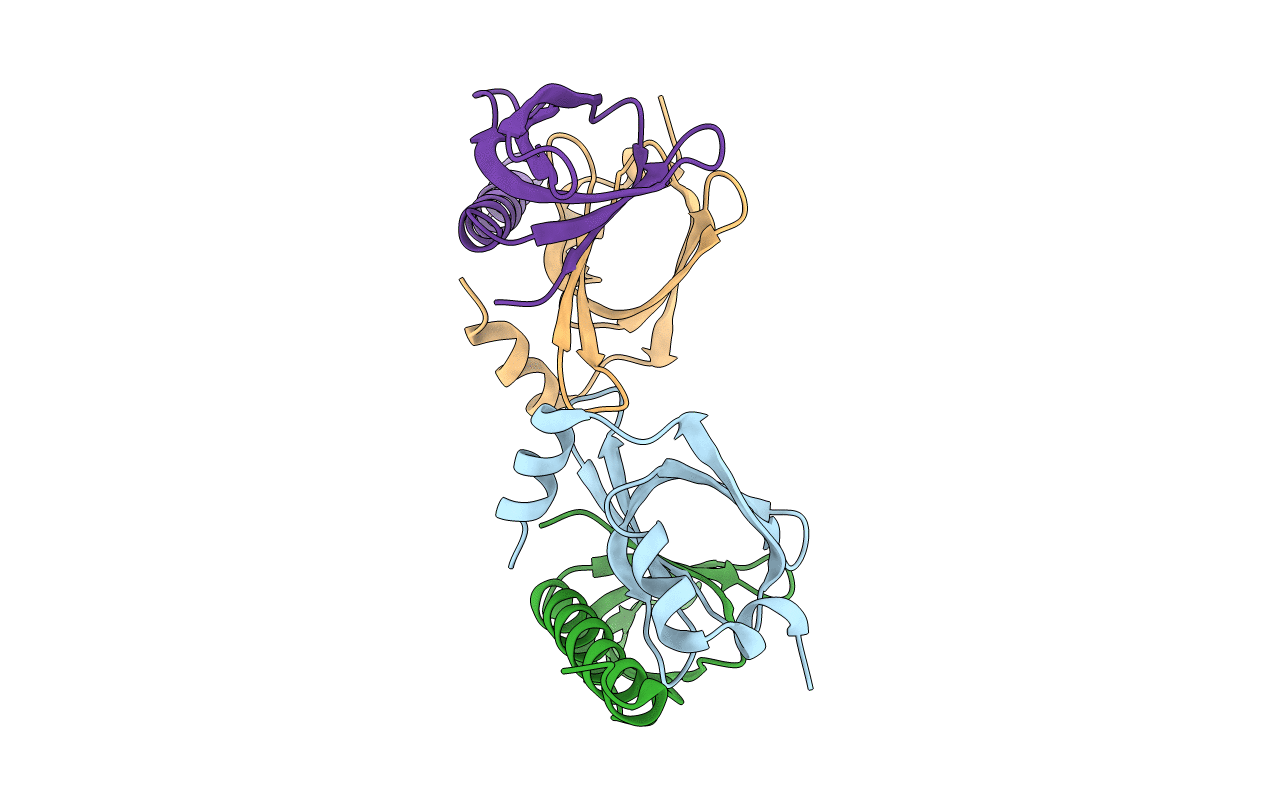
Deposition Date
2004-12-14
Release Date
2005-06-21
Last Version Date
2024-02-14
Entry Detail
PDB ID:
1Y96
Keywords:
Title:
crystal structure of the Gemin6/Gemin7 heterodimer from the human SMN complex
Biological Source:
Source Organism:
Homo sapiens (Taxon ID: 9606)
Host Organism:
Method Details:
Experimental Method:
Resolution:
2.00 Å
R-Value Free:
0.25
R-Value Work:
0.21
R-Value Observed:
0.21
Space Group:
P 42 21 2


